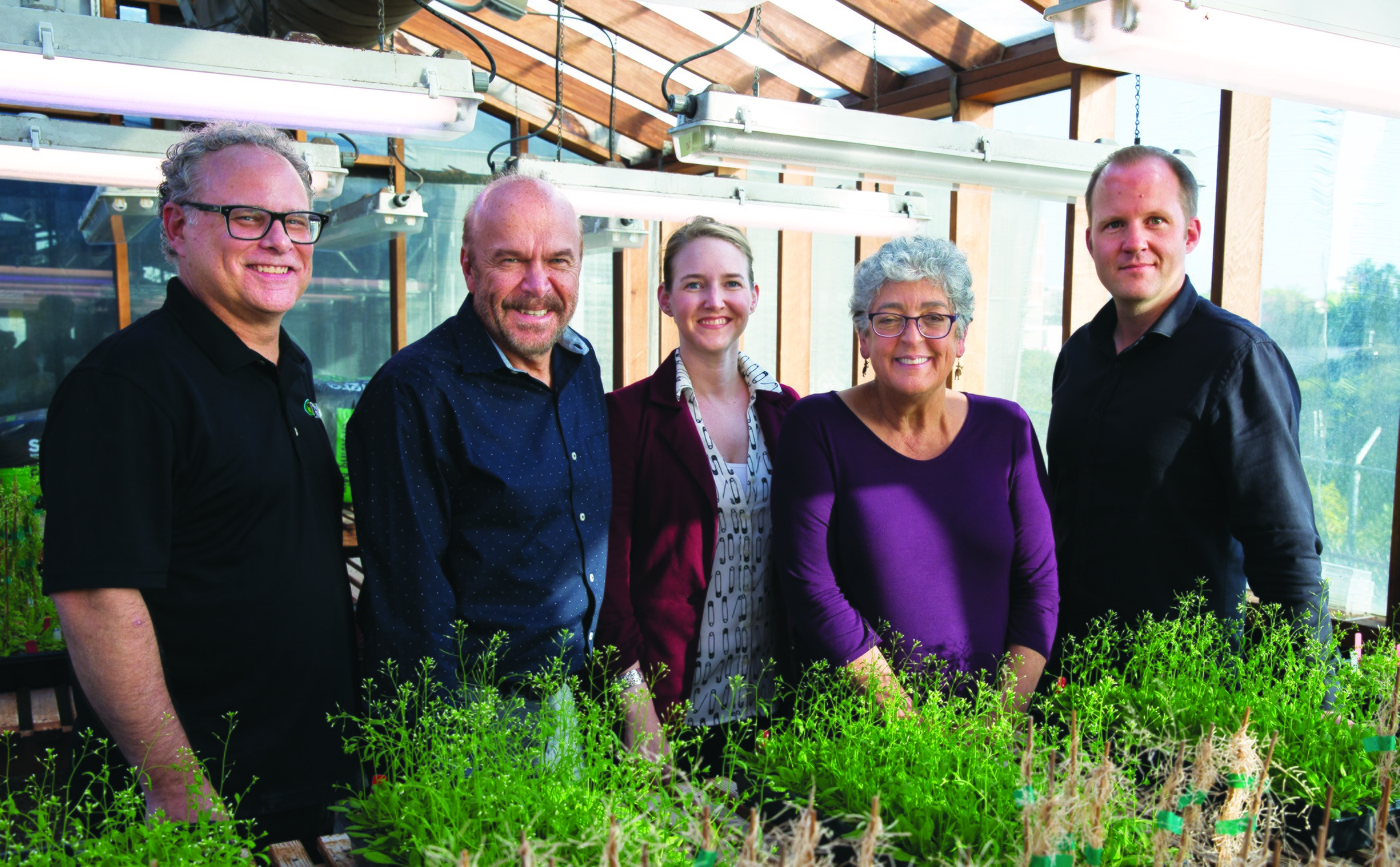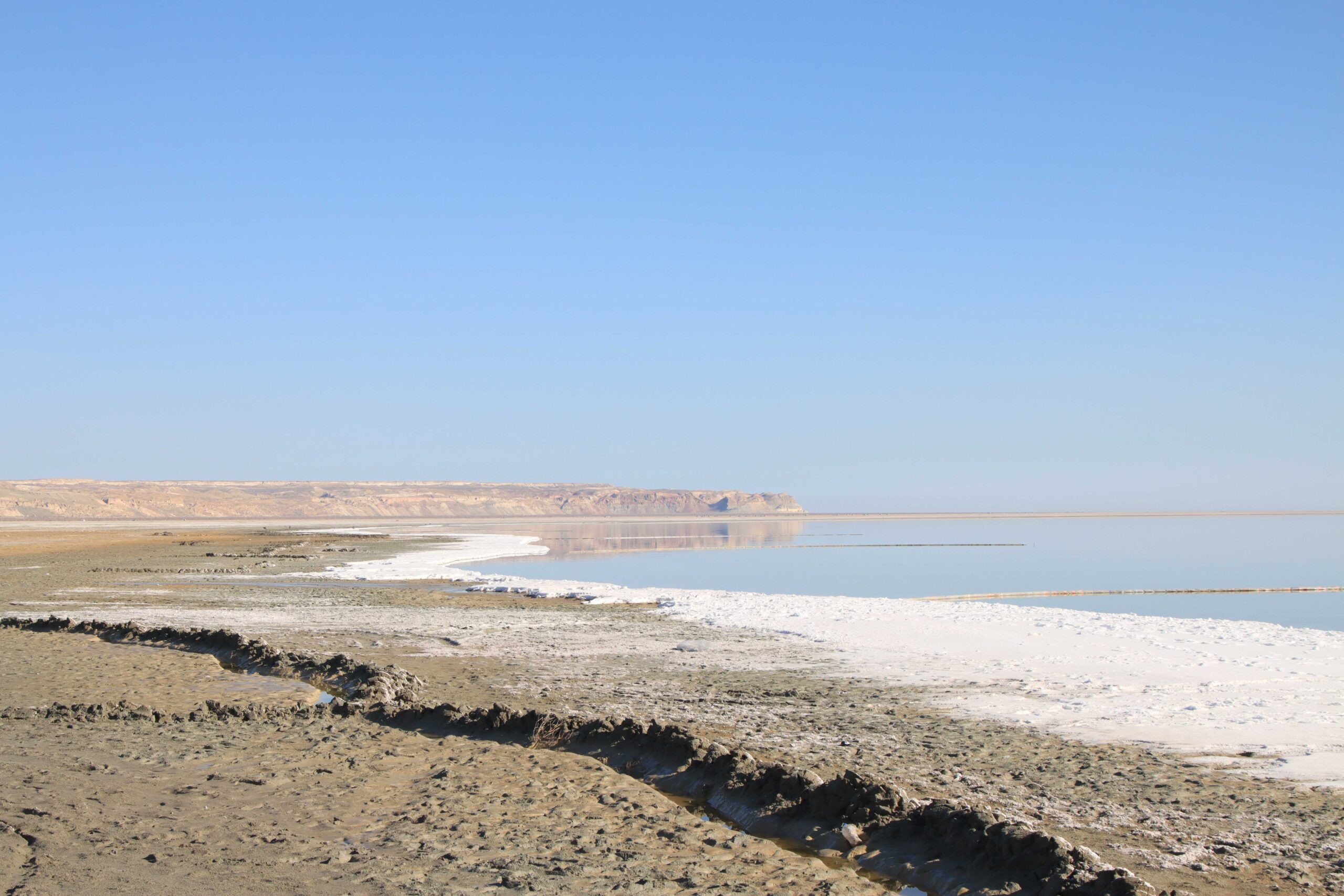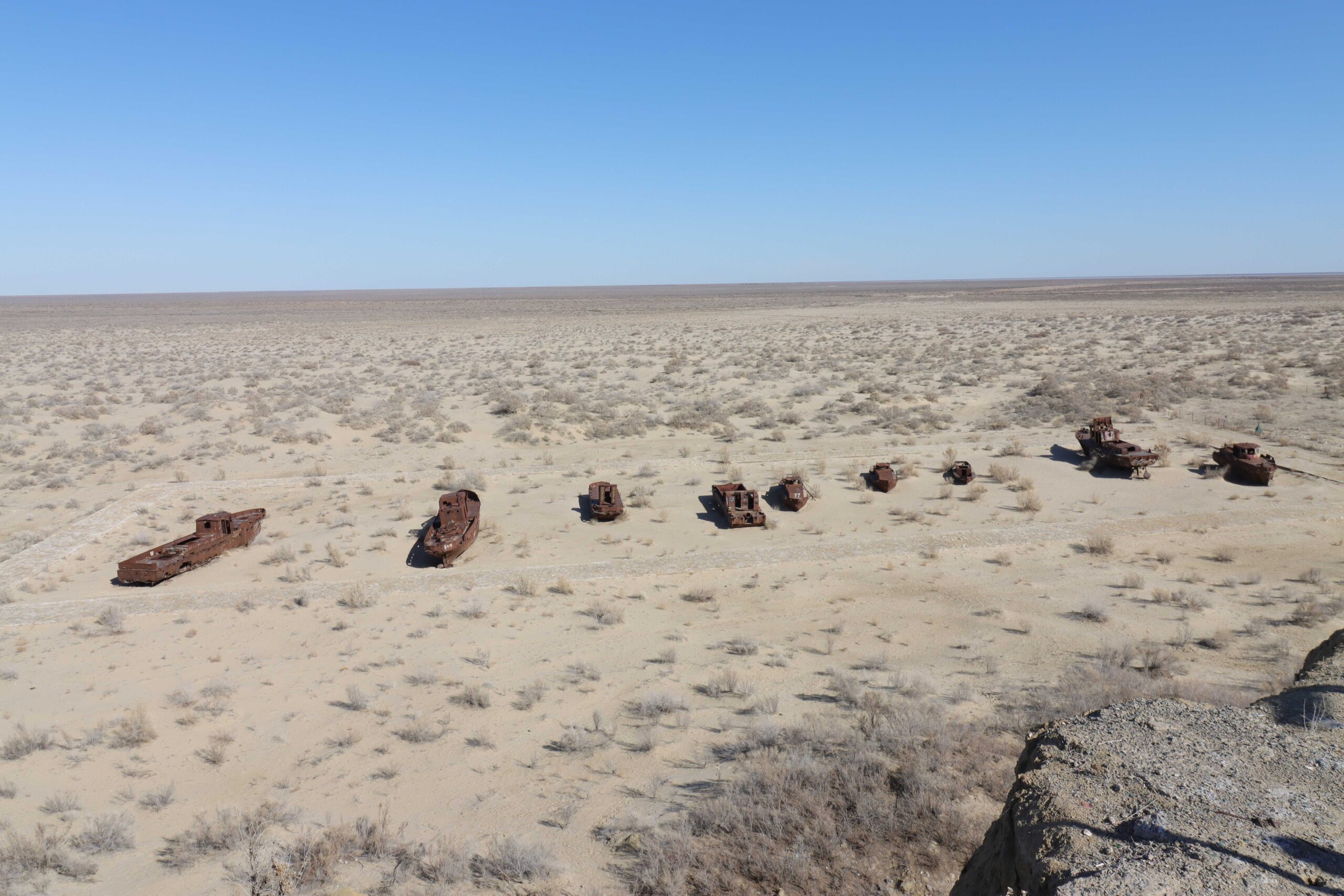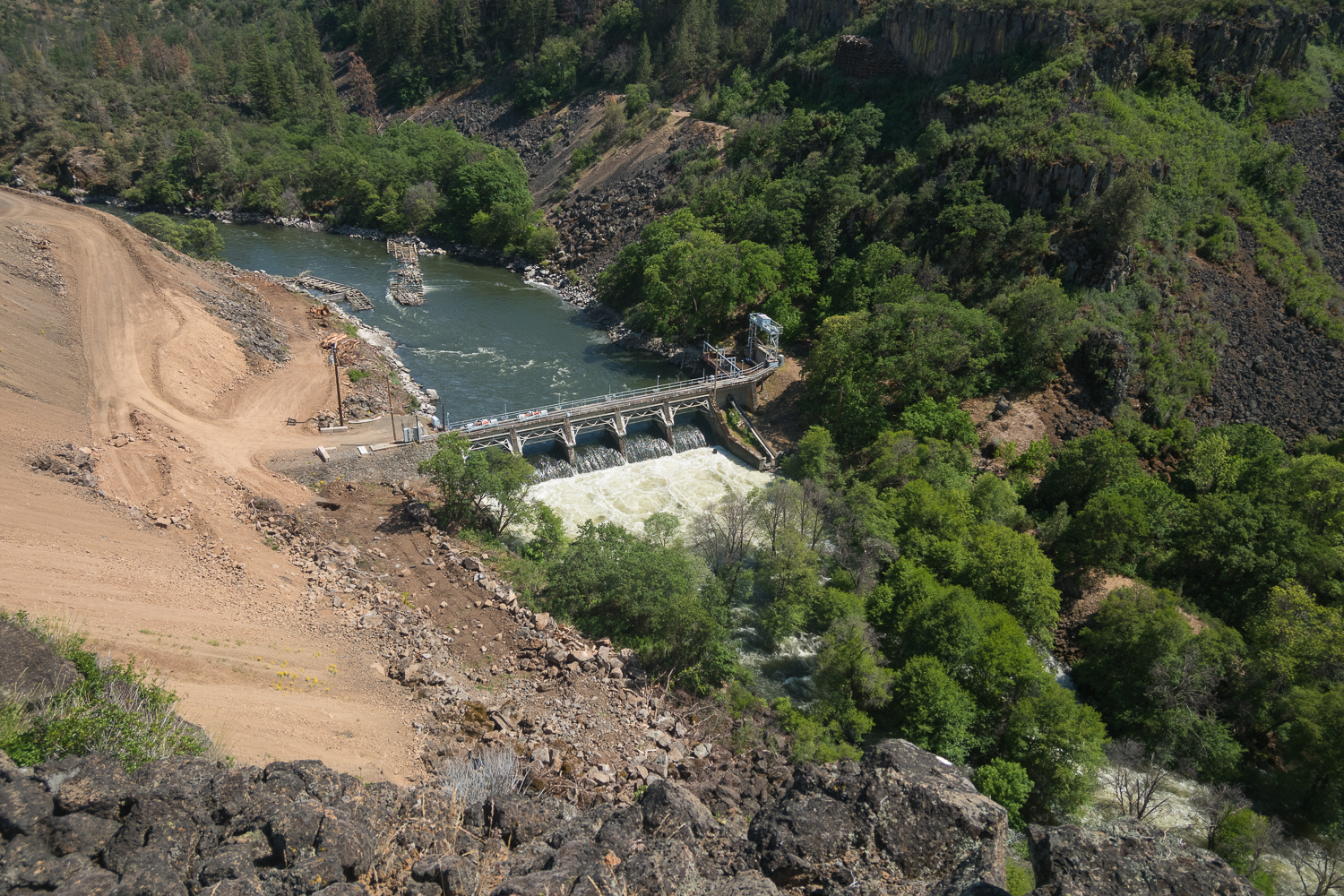In third grade we learn that plants breathe in carbon dioxide and exhale oxygen, and that for this reason it’s very important to plant trees on Arbor Day for example. With so much of the global climate conundrum stemming from increasing levels of CO2 in the atmosphere, perhaps it’s time we revisited this early science lesson.
The Salk Institute for Biological Studies in La Jolla, California, have not only dug up their third grade homework, but turned it into an ambitious plan to combat climate change. This month they announced they received $35 million in grants from ten separate donors to pursue the Harnessing Plants Initiative (HPI) an ambitious plan to bio-engineer common plants to soak and store more CO2.
“We are overjoyed with this strong show of support for the Harnessing Plants Initiative from donors through The Audacious Project,” says Chory, director of Salk’s Plant Molecular and Cellular Biology Laboratory. “Plants have evolved over time to be an ideal vehicle for carbon capture and storage. If we can optimize plants’ natural ability to capture and store carbon we can develop plants that not only have the potential to reduce carbon dioxide in the atmosphere (negative emissions) but that can also help enrich soils and increase crop yields.”
Pictured: The Salk Institute plant biology team. From left: Professor Joseph Noel, Professor Joseph Ecker, Associate Professor Julie Law, Professor Joanne Chory, Associate Professor Wolfgang Busch.
How It Works
During decomposition, plants release stored carbon back into the environment. This is one of the primary dangers with warming in the arctic regions. Permafrost layers are saturated with frozen plant matter containing a vast wealth of carbon.
There is far more carbon contained in Earth’s soils than in its atmosphere. Microbial decomposition of previously frozen plant matter threatens to release billions of tons of carbon into the air, accelerating the dreaded greenhouse effect.
Part of the root system of most plants is a substance called suberin. Suberin is a carbon-rich substance that also resists decomposition. Tweaking a few genetic pathways in plants, Salk’s plant biologists believe they can help plants grow bigger, more robust root systems that contain more suberin than normal – thereby increasing the amount of carbon they can store in soil.
Once the team succeeds with test plants, they hope to perform similar changes to corn, rapeseed, cotton seed plants, soya, and wheat. These crops represent a huge percentage of the total vegetation in America, and increasing the amount of carbon they can store would go a long way in contributing to prevent climate change.
Their purpose is a dual one however, for crops with expanded carbon-storage systems would have a noticeably higher yield, aiding to solve two other global issues – increased deforestation due to soya bean demand in China, and feeding a growing global population.
Water borne plants
Coastal wetlands, swamps, mangroves, waterways, and other similar ecosystems, actually have a far greater capacity to store carbon than their land-based relatives.
Mangroves already provide ecosystem-anchoring services in the form of tremendous biodiversity, protection from tidal waves and storm surges, and soil protection along the banks of fresh water rivers inland which feed them. In helping to keep river banks secure, they also serve to protect coral reefs from being smothered by river silt – a common cause of reef decline.
Salt march and coastal wetlands are immensely important for supporting bird life both endemic and migratory, preserving delicate food-chains as far away as Antarctica and Africa.
A report in Code of America stated that between 1985-2005, 20% of the world’s mangrove swamps were lost. Because of their immeasurable assistance to the environments they’re connected to and their ability to store carbon, the plants that flourish along coastlines could be targeted by Salk’s scientists as a perfect realm to deploy HPI.
If 20% of mangroves are gone, replanting is an obvious necessity to maintain the health of these environments; and what better opportunity than biologically-engineered mangroves with deeper roots with a greater capacity for carbon-storage? The two tragedies almost lend themselves to the ambitious work of the scientists.
Pictured: Aerial view of mangrove forest and river on the Siargao island, Philippines.
Hiding in Plane Sight
“Rising global temperatures are among the top challenges facing humanity today, and we are extremely grateful to The Audacious Project donors for their generous support of Salk’s bold approach to meeting this unprecedented challenge,” says Rebecca Newman, vice president of External Relations at the Salk Institute. “We have no doubt that this funding will ensure these visionary scientists have the critical resources needed to implement this innovative and bold initiative over the next five years.”
The Audacious Project launched in 2018 with the mission to provide the resources that social entrepreneurs need to tackle the challenges of an uncertain world.
“Salk’s innovative approach to tackling climate change has been hiding in plain sight—in the biology of the plants that surround us—and we’re excited to help put their bold plan into action.” says Anna Verghese, executive director of The Audacious Project.





